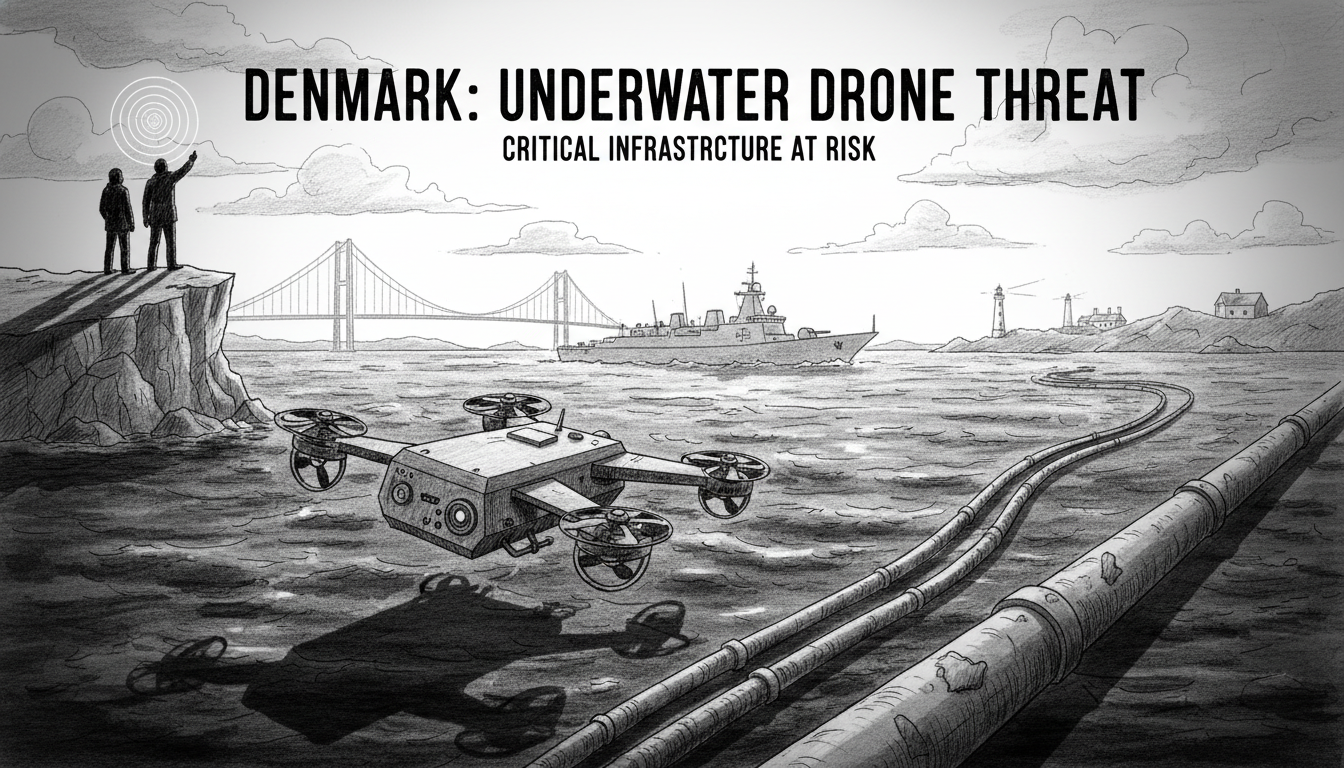Danish authorities are expanding their focus beyond aerial drones to confront a growing underwater threat. The nation now faces potential risks to its critical infrastructure from advanced underwater drone technology. This development has prompted unusual cooperation between various security agencies.
Recent mysterious drone sightings in Danish airspace captured public attention. Officials now recognize the underwater domain presents equally serious challenges. Underwater drones could potentially target pipelines, internet cables, and energy installations.
Rapid advancements in underwater drone technology create new vulnerabilities. Malicious actors could use these systems to disrupt essential services. The threat extends to offshore wind farms and submarine communications cables.
Denmark's extensive coastline and maritime infrastructure make it particularly exposed. The country hosts multiple international internet connection points and energy pipelines. These assets represent critical national security interests.
Security experts point to recent incidents in other Nordic countries. Norway experienced suspicious activity near offshore oil installations last year. Sweden reported similar concerns about underwater infrastructure protection.
Danish defense officials confirmed new detection systems are under development. They aim to monitor both surface and subsurface threats simultaneously. The program involves collaboration between military and civilian agencies.
This coordinated approach marks a shift in Danish security strategy. Traditional military responses may prove inadequate against these emerging threats. The situation requires continuous monitoring and adaptive countermeasures.
Underwater drones present unique detection challenges compared to aerial systems. Salt water limits visibility and interferes with sensor technology. Current detection methods often fail to identify smaller underwater vehicles.
The economic implications of infrastructure disruption could be substantial. Denmark's energy exports and digital connectivity depend on secure maritime routes. Any successful attack would have immediate international consequences.
Security analysts note this trend affects the entire Baltic region. Germany and Poland face similar vulnerabilities in their offshore infrastructure. The situation demands regional cooperation and information sharing.
Danish authorities are investing in new surveillance technologies. They prioritize systems that can operate in challenging marine environments. Private sector partners contribute expertise in underwater robotics.
The government maintains public confidence while acknowledging the evolving threat landscape. Officials balance transparency about risks with the need for operational security. This delicate approach reflects the complex nature of modern security challenges.
International observers watch Denmark's response closely. The country's solutions could provide templates for other coastal nations. The outcome may influence global standards for underwater infrastructure protection.

